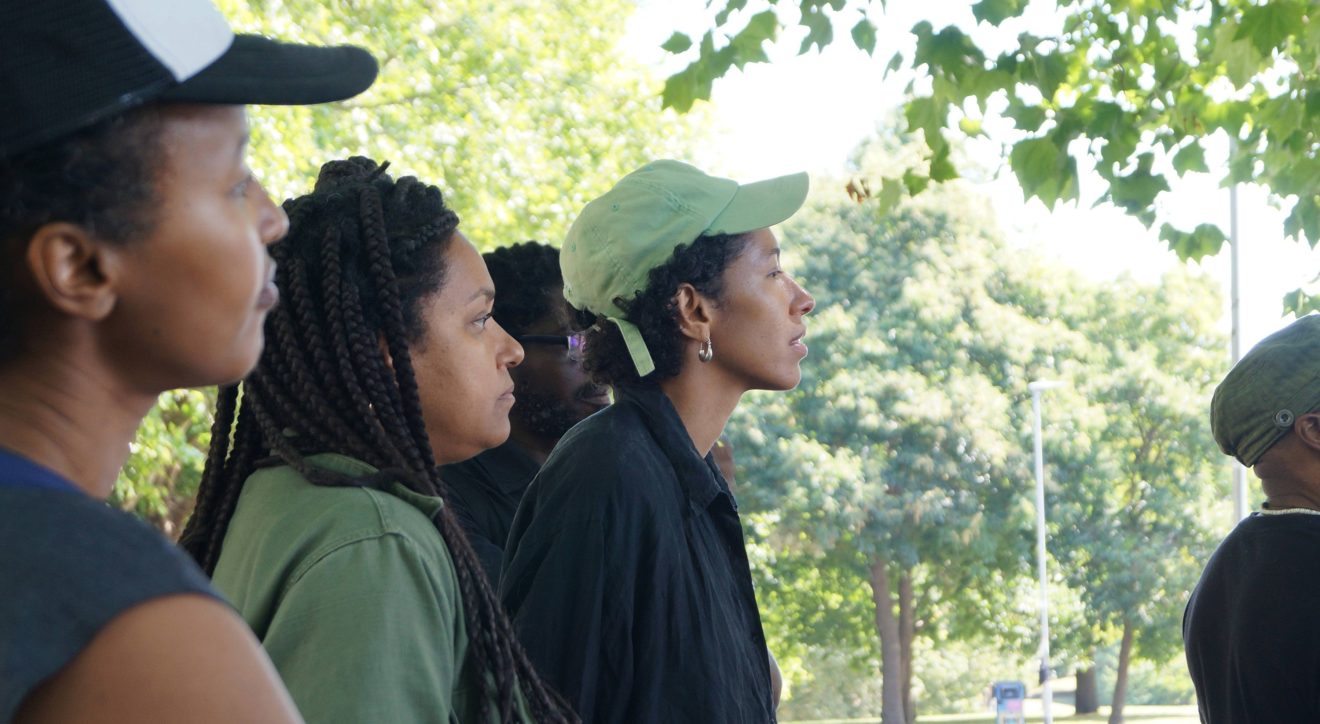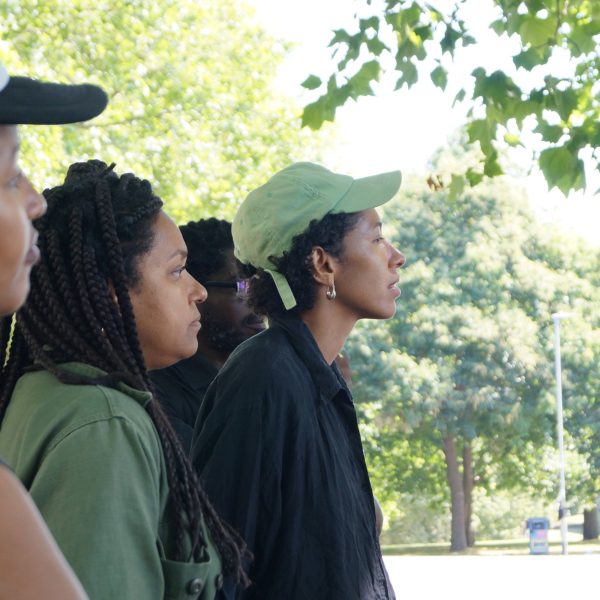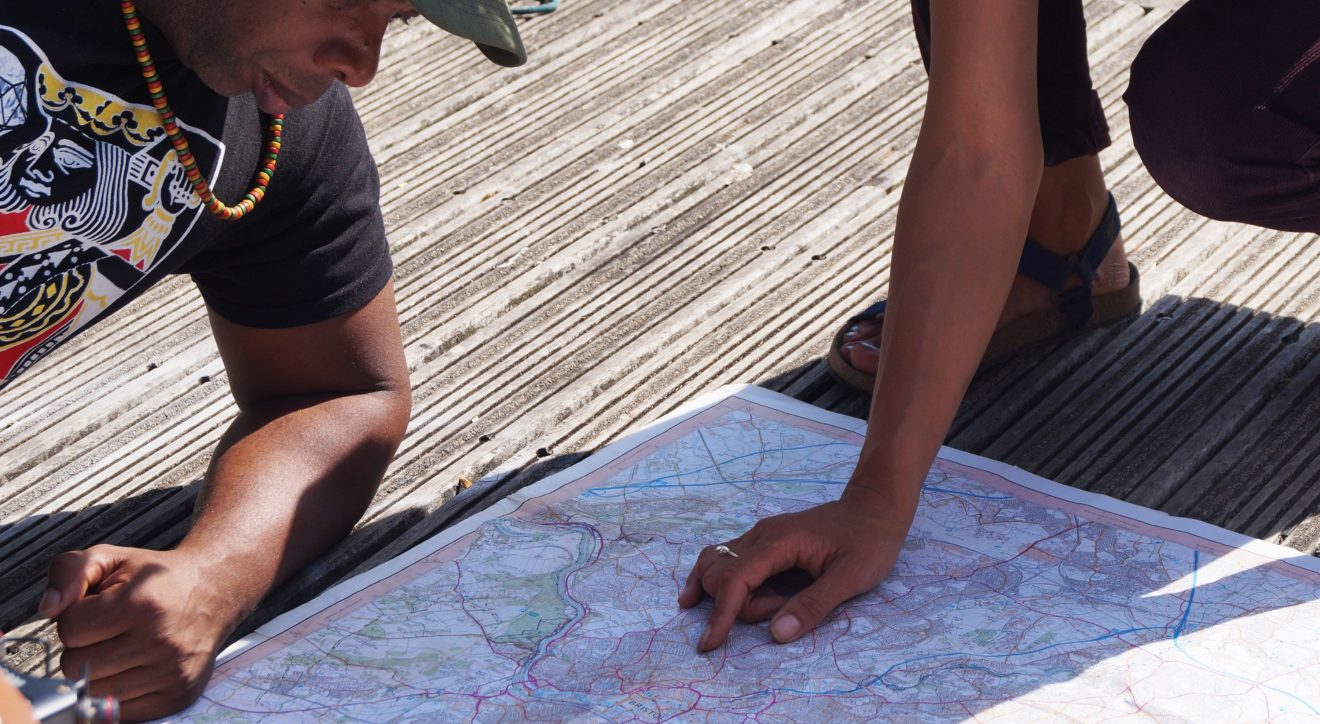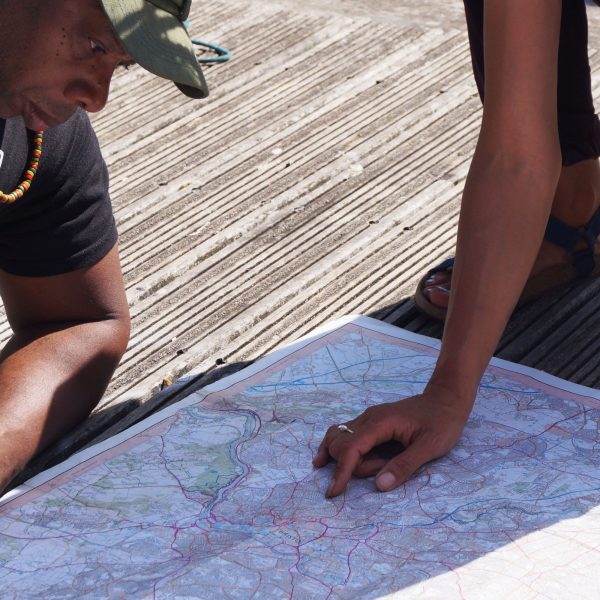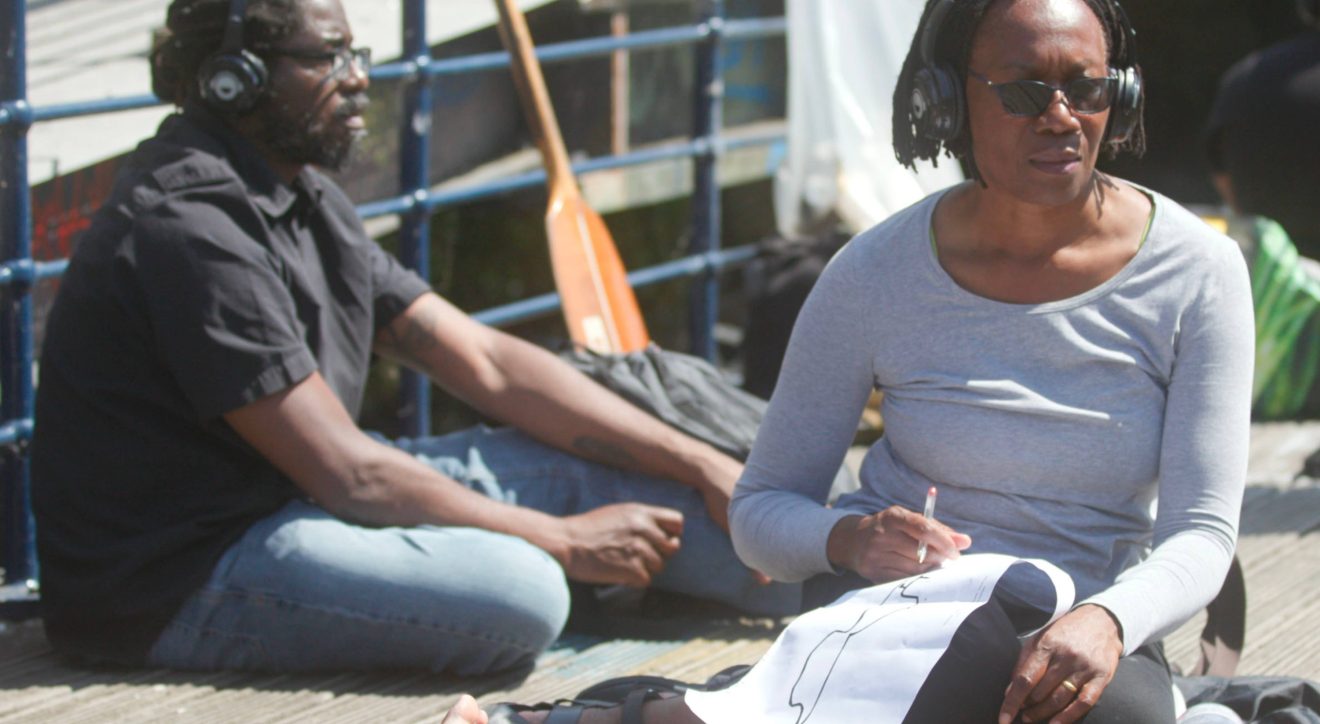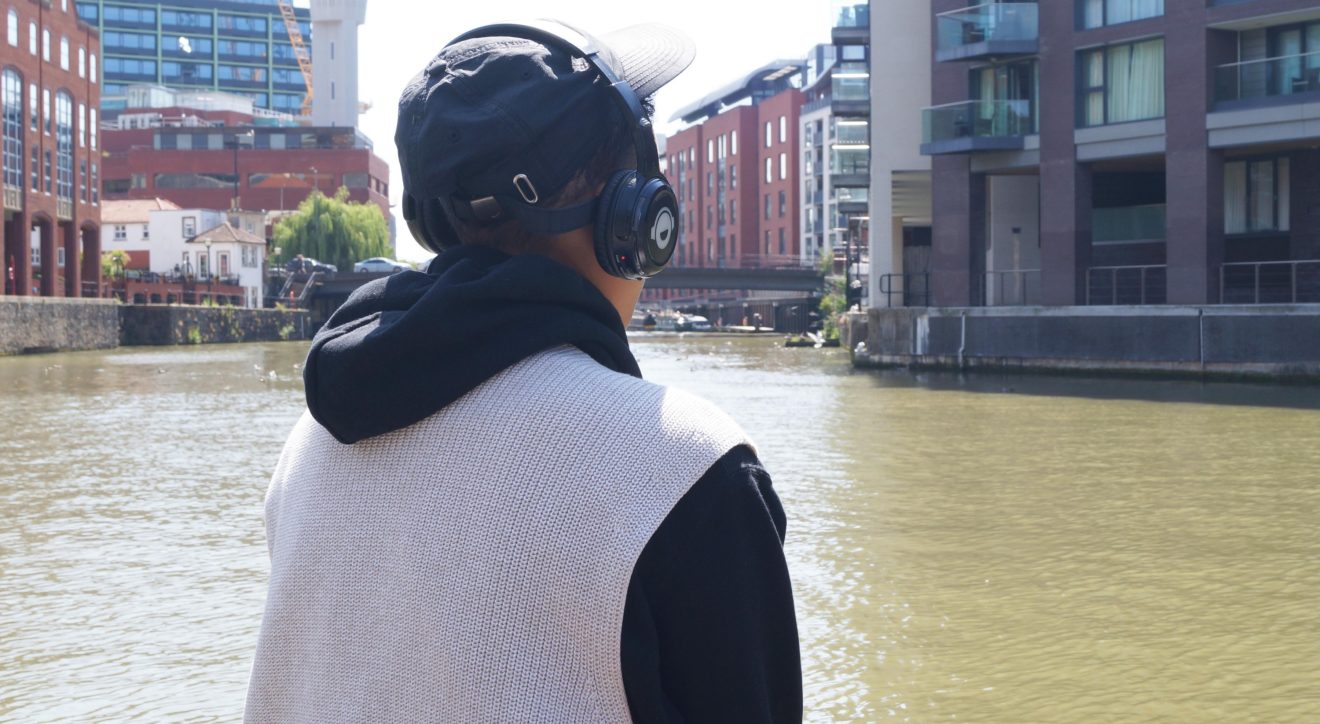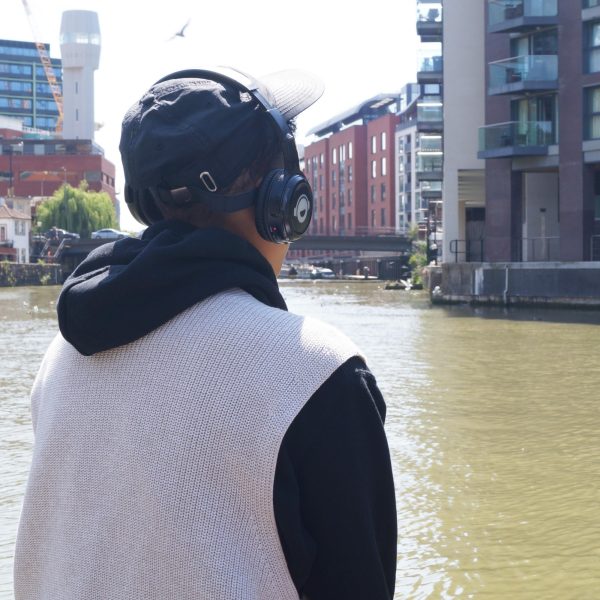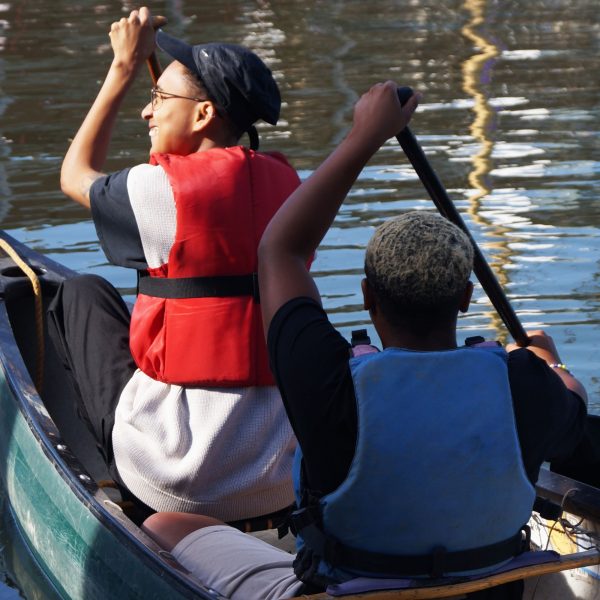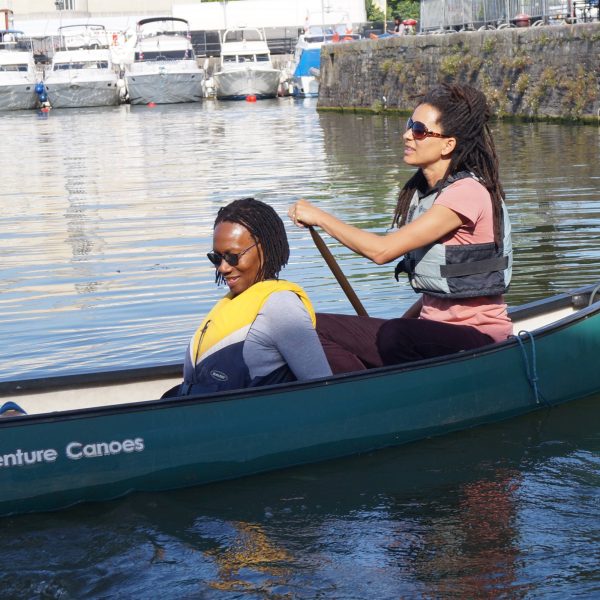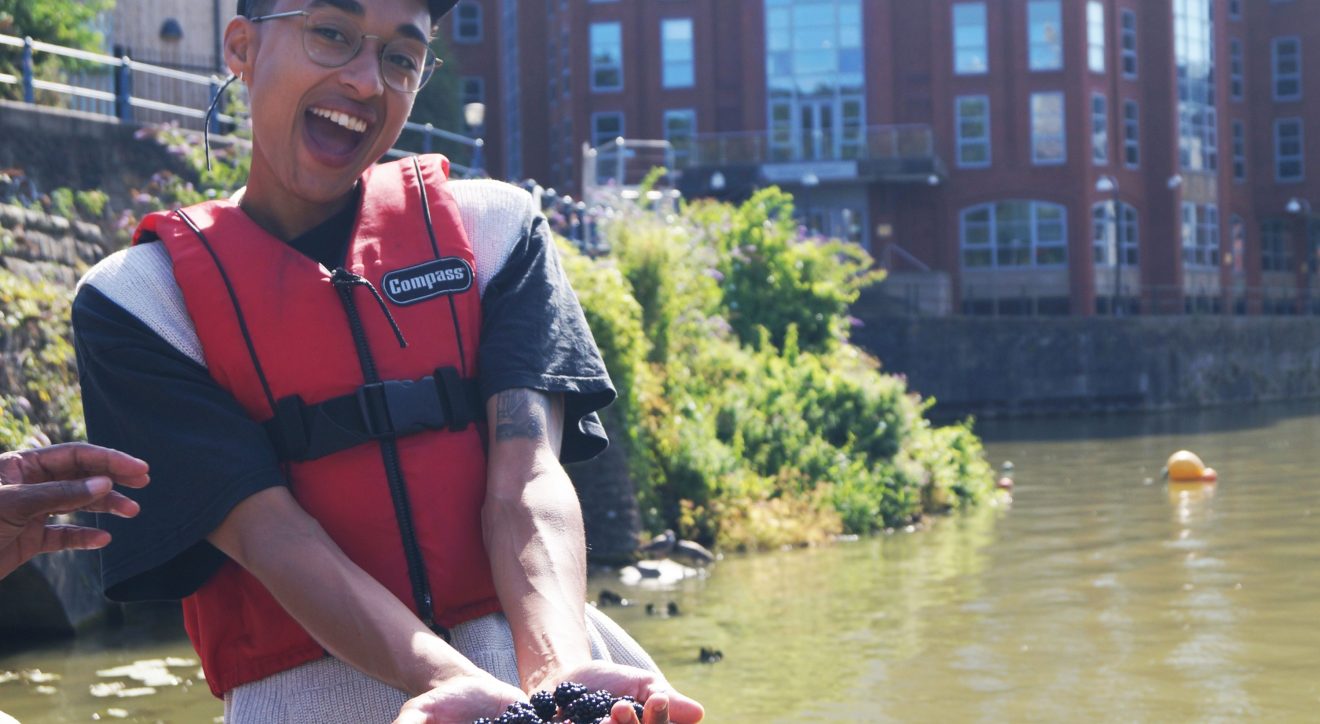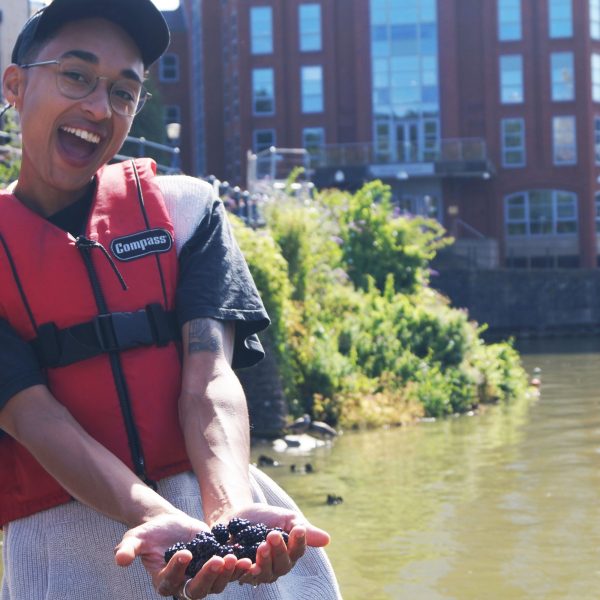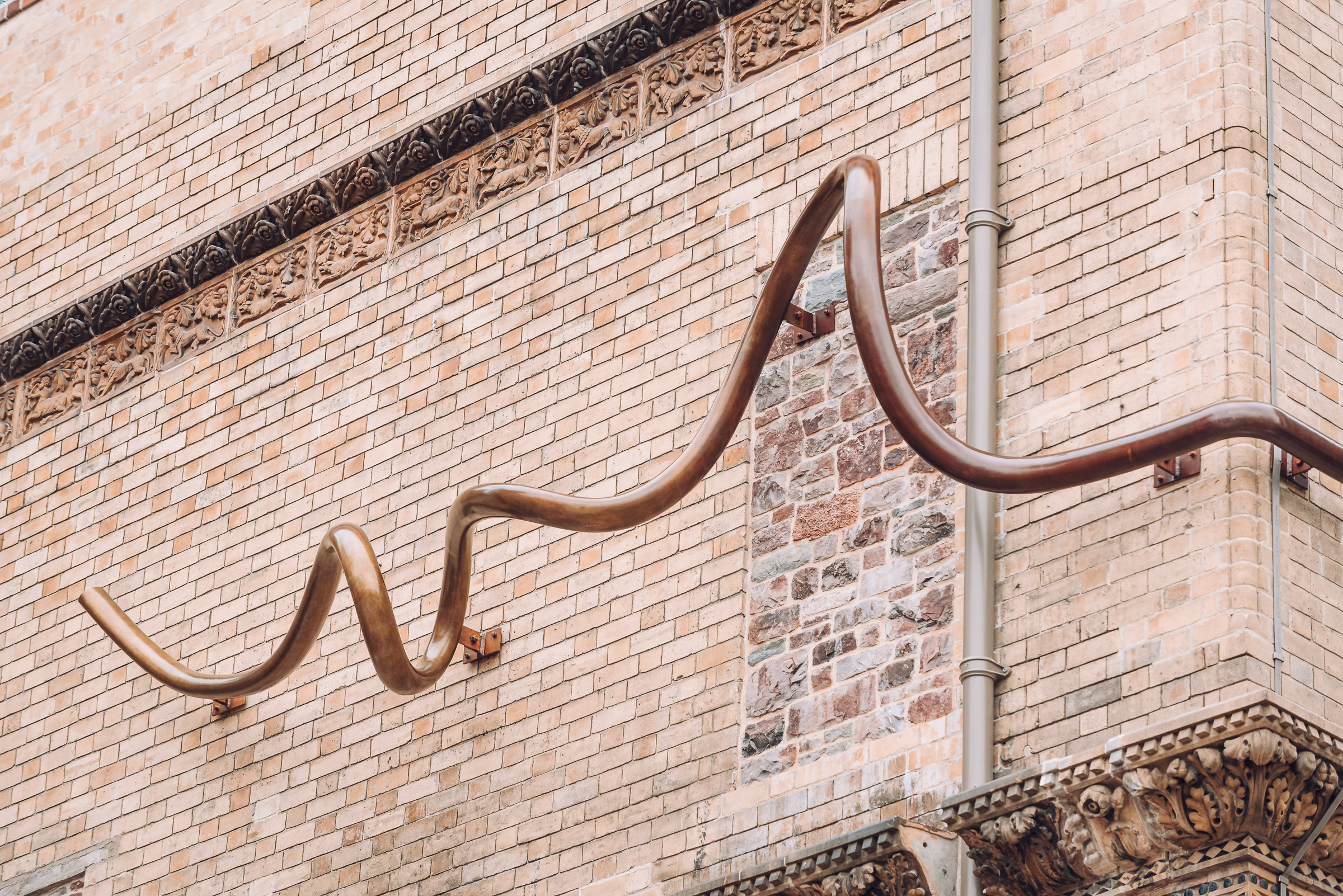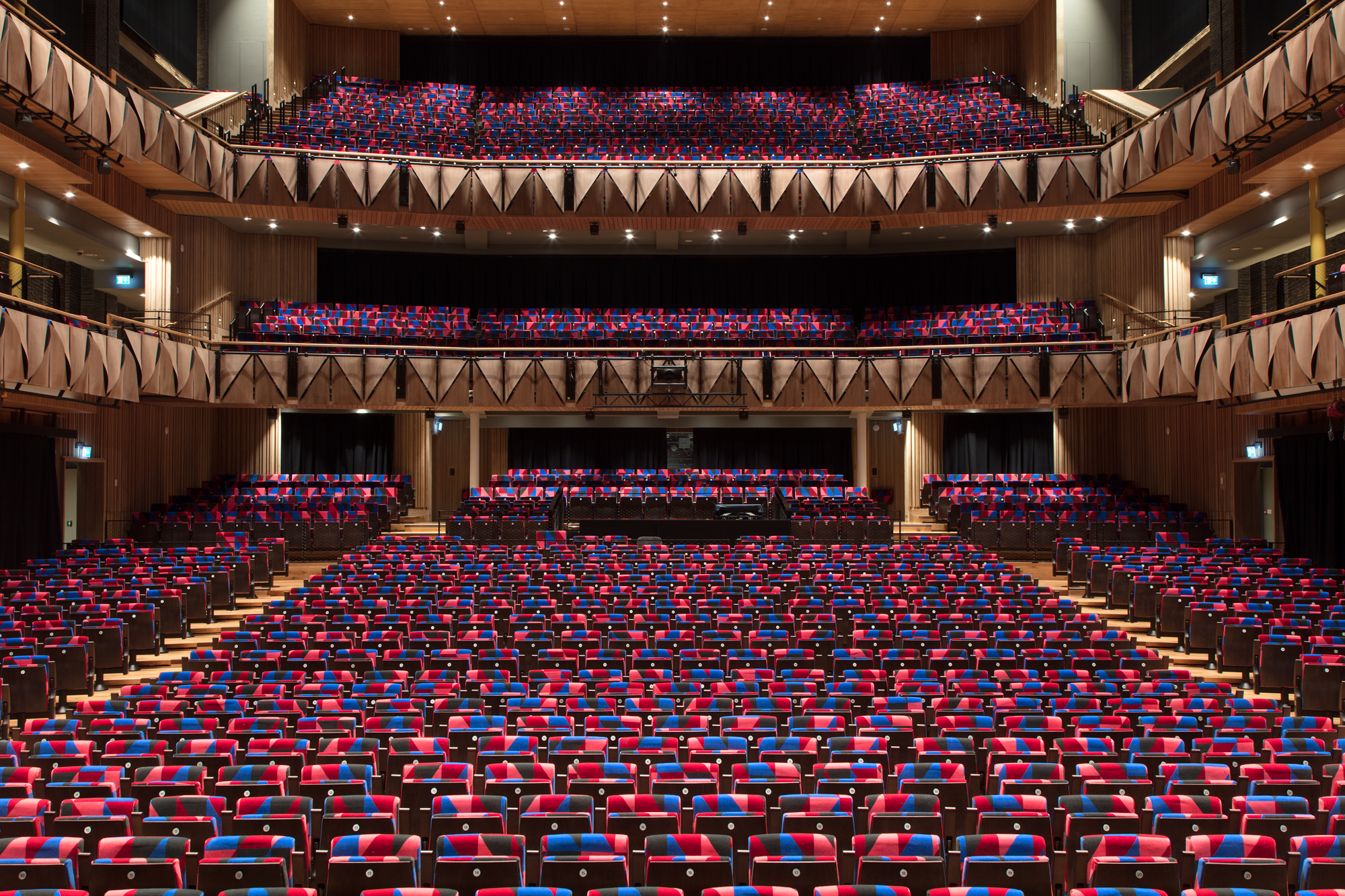
Synopsis
Exploring the ‘physicality of sound’ has shaped the creative vision behind four public art projects commissioned as part of the Bristol Beacon Transformation.
Music and visual art are natural partners. Both artforms excite when genres are crossed, ideas bubble and conversations happen.
At Bristol Beacon you can experience and explore a permanent collection of artworks; from sound installations, to ceramics, to murals and sculptures. They explore the physicality of sound and can be enjoyed on an intense personal level and as a joyful communal experience.
The commissioned artworks bring the art of music-making to life in visual form. They enhance the venue through two central ideas:
- – Music-making as a shared, communal artform
- – The building’s social and cultural ties to the trading and manufacturing past of the city.
Together, the artists reframe the building for a modern audience. The artworks reference the Beacon’s history in a contemporary way and allow the organisation to move forward, empowered by the past.
The vision for the permanent collection was provided by Theresa Bergne, Field Art Projects and commissioned by Bristol City Council.
You can listen to Libita Sibungu’s sonic poem, ‘Undercurrents’, here.
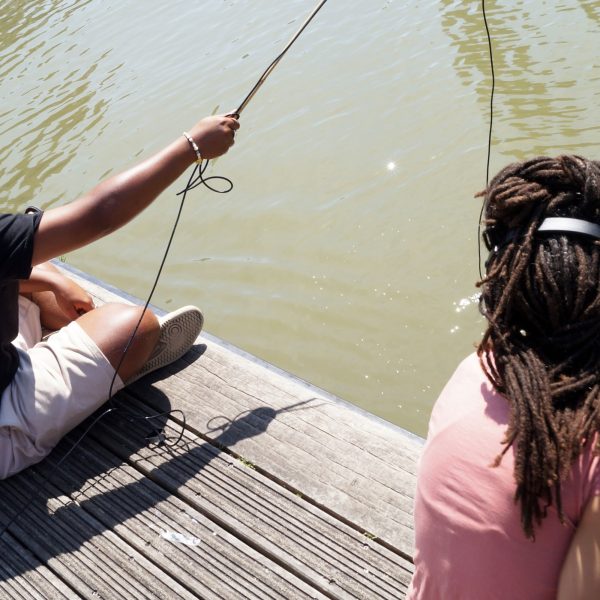

Undercurrents
By Libita Sibungu
Sonic poem, to be broadcast January 2024.
The history of Bristol Beacon is tied to the history of the city. That history includes the city’s role in the transatlantic slave trade and its inherent connection to water, the harbour and the sea.
In Undercurrents a sonic poem created by Libita Sibungu, Bristol Beacon’s history and its position on the water is re-conextualised in resonance with African diasporic experiences and Afrofuturism.
Developed from a series of workshops with black artists, writers and historians connected to Bristol, Libita has composed a two track audio artwork: both a guided meditation and long form poem. Which poetically maps a way through violent hidden histories and dis/embodied memories, towards collective healing potentialities.
Libita gathered responses in a ‘listening ceremony with water’ that formed the basis for the sonic poem Undercurrents.
Undercurrents takes inspiration from: ‘Ruttier for the Marooned of the Diaspora a poem by Dionne Brand, in her seminal 2002 novel: A Map To the Door of No Return.
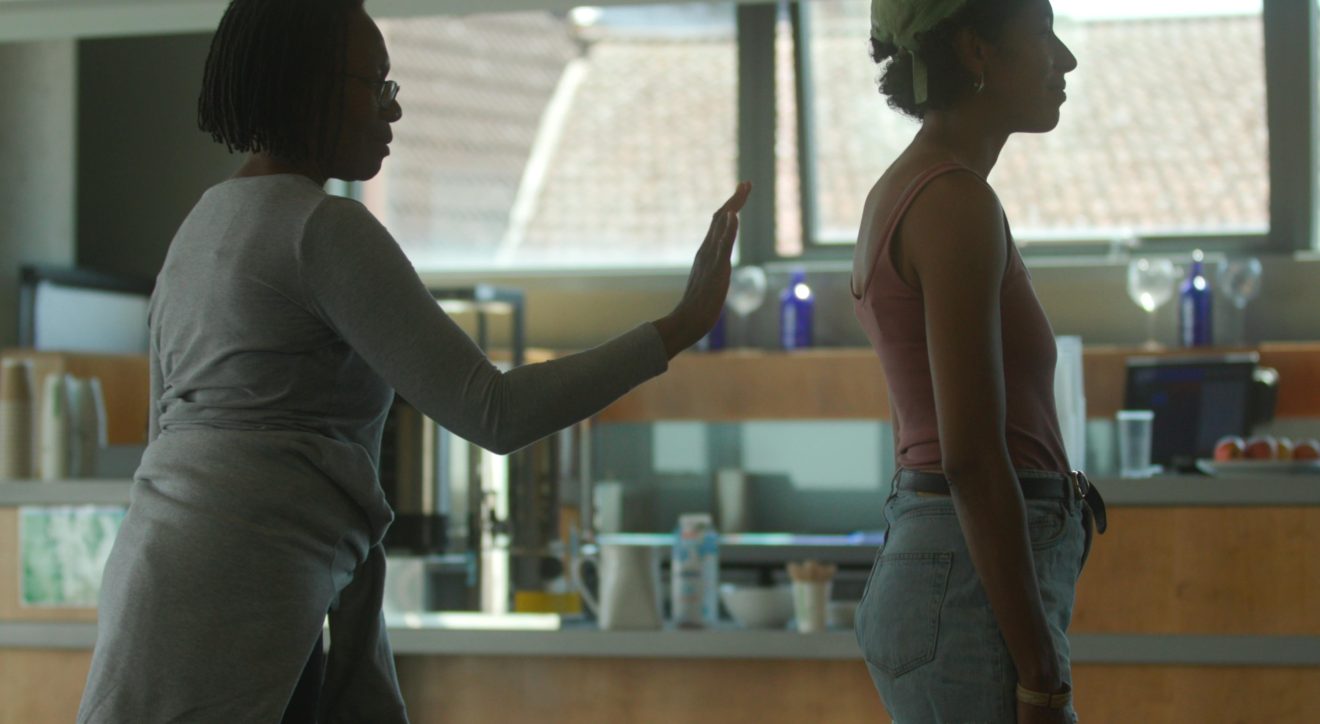
“I am creating a soundwork developed from workshops on Bristol’s waterways, with black artists, writers, and historians, that pulls the Bristol Beacon into a different reimagined history with guided meditations, fiction writing, sound baths, and water rituals. Internally I’ve been asking; what happens when there isn’t a place for us to remember?”Libita Sibungu
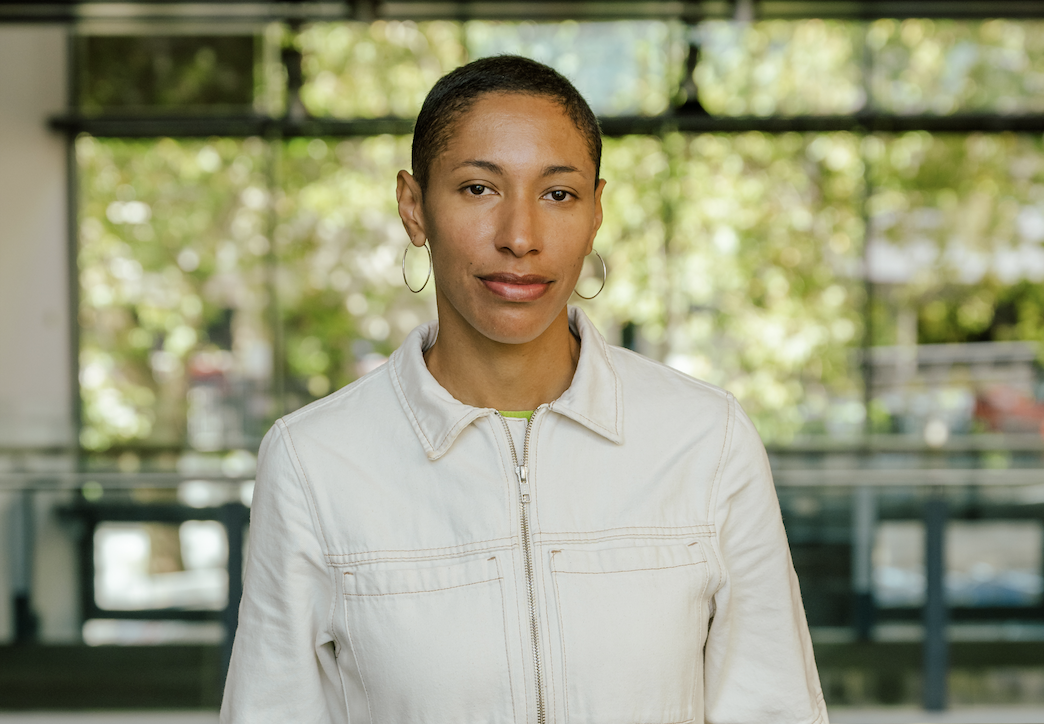
Biography
Libita Sibungu is an interdisciplinary artist who draws on her British-Namibian heritage to make discursive works that explore personal histories and colonial legacies inscribed in the body and land. Often creating audio-visual outcomes rooted in performance, collage and sound ecologies, Libita’s work seeks to usher subversive pathways into the present through reimagining materiality, movement and collective healing in relationship to the environment.
She is the (2022) recipient of both the Paul Hamlyn and Arts Foundation Future awards. Exhibitions have been presented with; Kunsthall Trondheim, Norway (2023); Sonsbeek, Netherlands, (2021); Spike Island, Gasworks, (UK), Cabaret Voltaire, Switzerland, (2019); Kalashnikovv Gallery, Johannesburg (2018); Diaspora Pavilion, 57th Venice Biennale (2017).
Field Art Projects was set up in 1999 by Theresa Bergne, a curator and producer based in Bristol commissioning artists to work in the public realm across the UK and abroad.
In the southwest she has delivered permanent artworks for Southmead Hospital, the Universities of Bristol and the West of England, for North Somerset Council in Weston-super-Mare as well as programmes led through community engagement in Hengrove and Barton Hill.
For the Bristol Beacon Transformation she has led the commissioning process, inviting the four artists to respond to music and sound and celebrate an artform that can be enjoyed both on an intense personal level and as a joyful communal experience.
Bristol Beacon is a place of welcome warmth and light.
The Beacon invites music makers, music lovers and music explorers of every kind to enjoy their spaces at Bristol Beacon, as well as Beacon Music Centre – their creative learning base in Southmead.
When you visit you can expect a friendly welcome. From meeting friends for coffee in the café, to joining for music lessons and live performances. The Beacon helps make space for you to experience the joy of music.

Libita Sibungu's collaborators:
An interdisciplinary artist and educator who works within public and social contexts. Making works which are embedded in specific sites, places and communities. Brandon is interested in the role of art within the everyday and works to engage audiences in several ways from intentional participation through to the incidental witness.
An interdisciplinary writer, artist, editor and facilitator based in London. They are one half of the artistic and curatorial collaboration Languid Hands, who were the Curatorial Fellows at Cubitt (2020–22) and curators of the LIVE programme for FRIEZE 2021.
South London based artist working with different audio media to create soundscapes and collages, for radio, installation and film. Felix’s work often explores themes of history, comfort and beauty through speech, environmental recordings, sound design and music. As of this year he has begun to explore audio based programming and procedurally generated audio. Previous work features include; soundscapes for NTS and 1020 radio, exhibition soundtracks at We The Curious museum (Bristol), workshops led at The Arnolfini (Bristol) and performances at The Jewish Museum (London).
A poet and writer of drama for radio, stage and screen. His work has been produced by Show of Strength, Trinity Community Arts and the Bristol Old Vic. He is co-founder of Black theatre company Dip & Fall Back, and is a Bristol Old Vic Associate Artist.
His academic interests include Afrofuturism, the transatlantic slave trade, and race and representation. He has worked as a consultant and coordinator for national and regional history-based projects.
A multidisciplinary artist and a published writer. Jackson creates complex narratives that reflect and interrogate our past and present. Her work is about existence and survival, entitlement, and above all, dignity; themes which extend into her public art commissions, where the personal becomes universal.
An artist, writer and researcher. She was born in Zambia, grew up in Greece and has spent most of her adult life in the UK. The insoluble differences of these environments are powerful incentives toward theory. A lateral approach to critical theory of image, language and their combinations is the foundation of her practice. She uses research and collaboration in different formats – lectures, workshops, events, written and visual essays, publishing – to explore the political, physical and performative implications of writing and photography.
Professor of Cultural Interdisciplinary Practice at University of the West of England (UWE Bristol). His work includes projects on legacies of slavery in Bristol, Bath, and Nottinghamshire; African presence in Georgian and Victorian Britain; disability and walking; Rastafari language and culture; and creative citizenship in social media.
His work has been exhibited and screened nationally and internationally, and he has directed and produced documentaries for BBC, ITV, and Channel 4. Principles relating to community media and participatory practice underpin much of his work. His book, Black Everyday Lives, Material Culture and Narrative: Tings in de House, was published in 2023.
Founder and researcher at Arawelo Eats, a supper club which explores East African food and what it can mean for our understanding of belonging in a post-Brexit world. She has designed and delivered workshops/presentations for organizations such as Keep It Complex Serpentine Gallery, Jerwood Project Space and Tate.
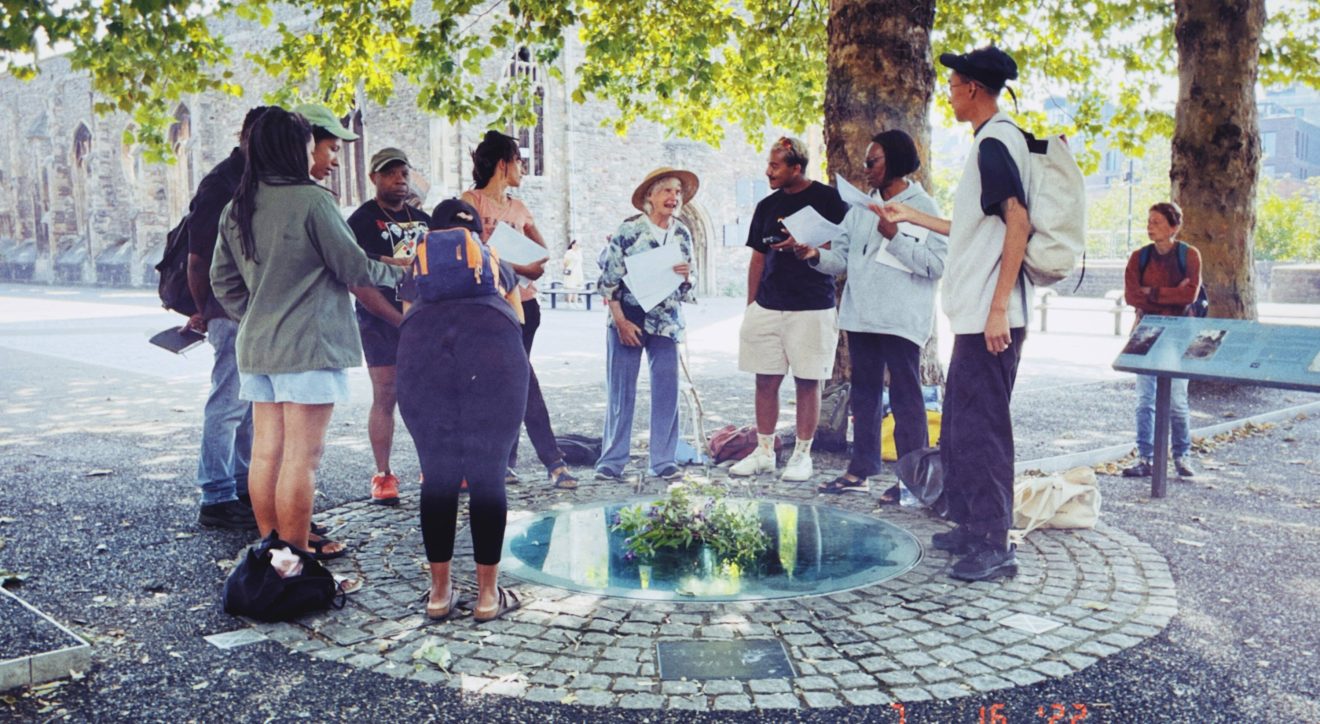
“The transformation of our building is about more than just the bricks and mortar. It has been an important and iconic venue in the heart of the city for many generations, so our public art programme will help us to ensure we make the most of and celebrate this special space, reflecting the 150-plus years of history whilst also looking forward to the future."Louise Mitchell, chief executive of Bristol Beacon
